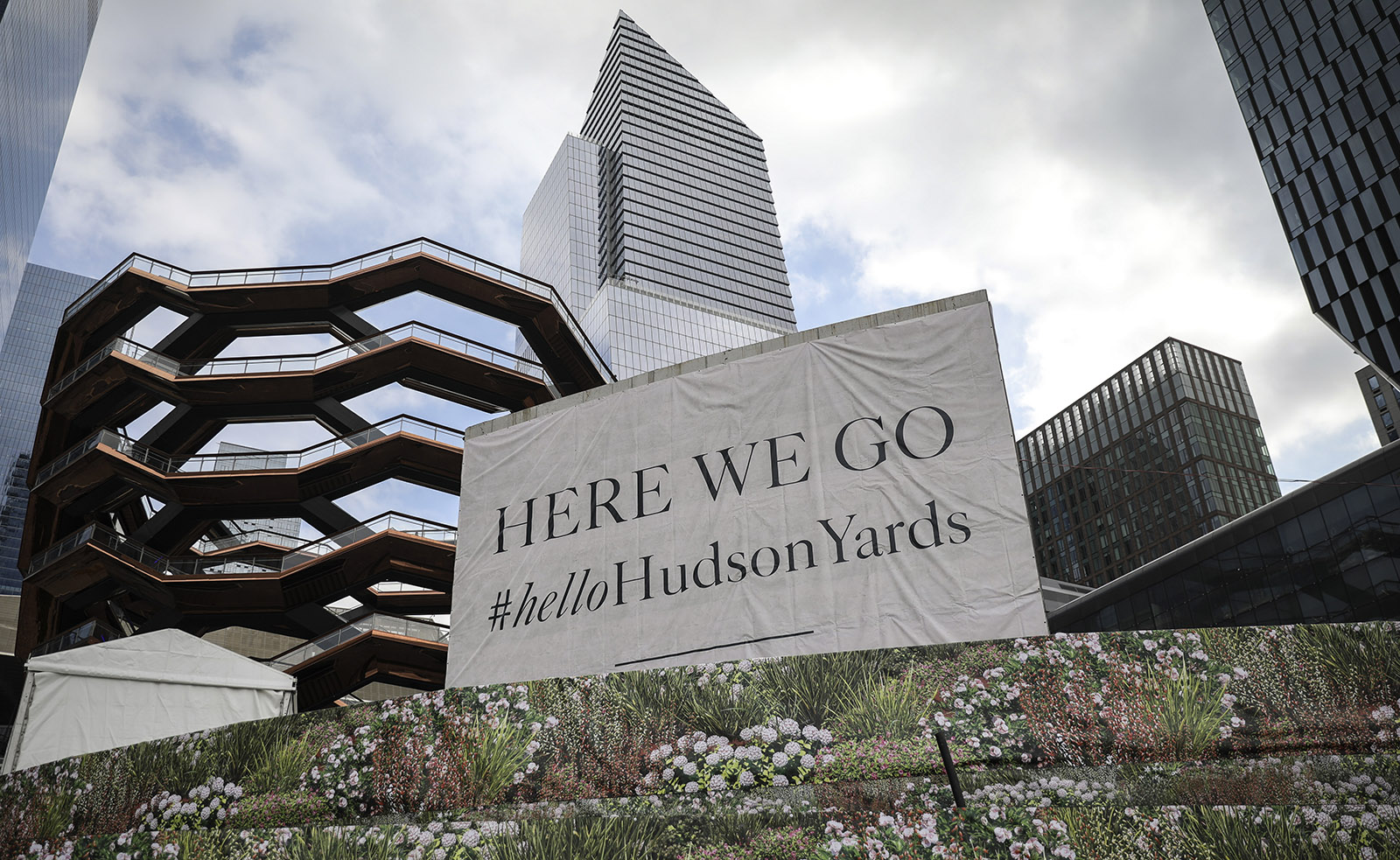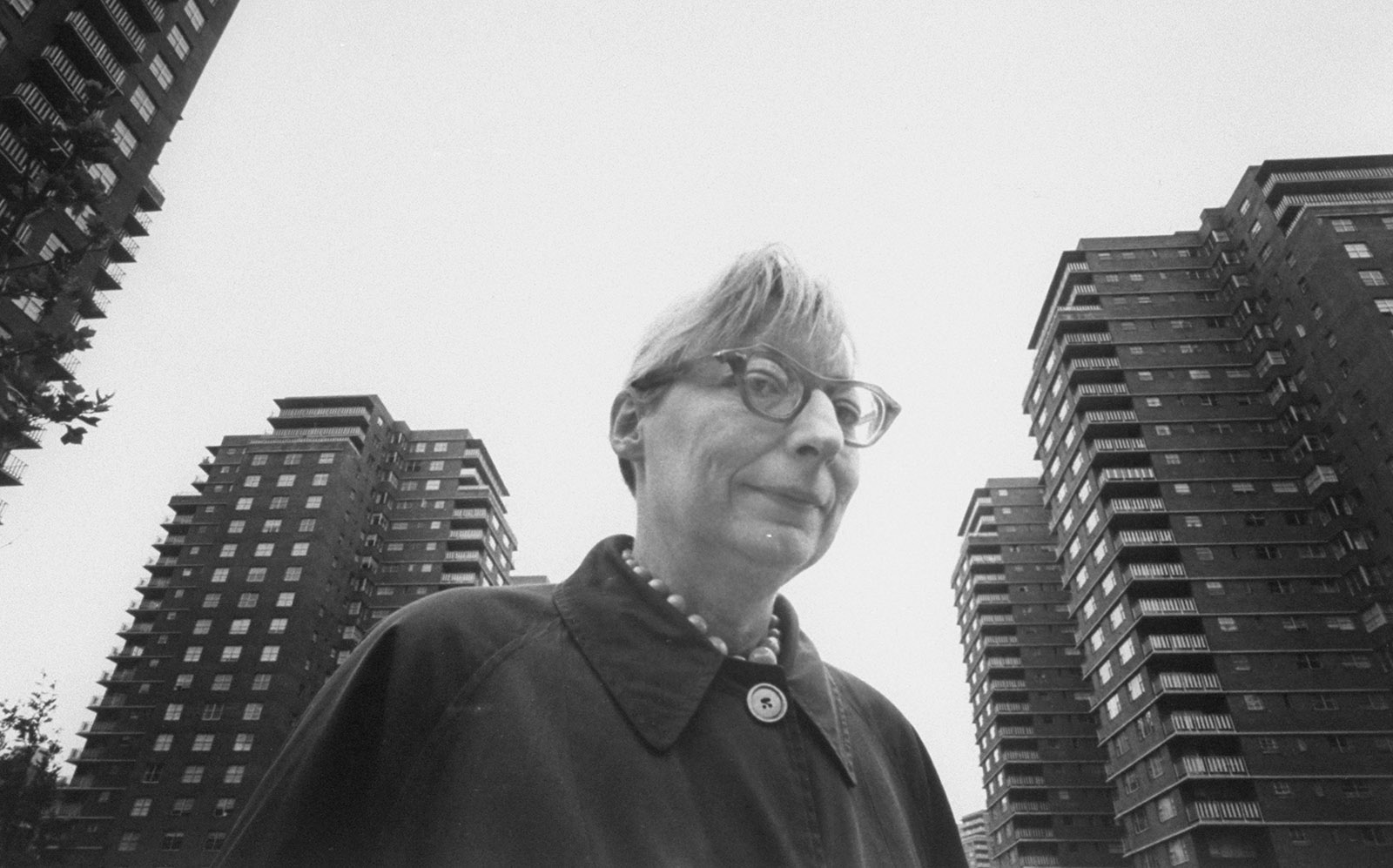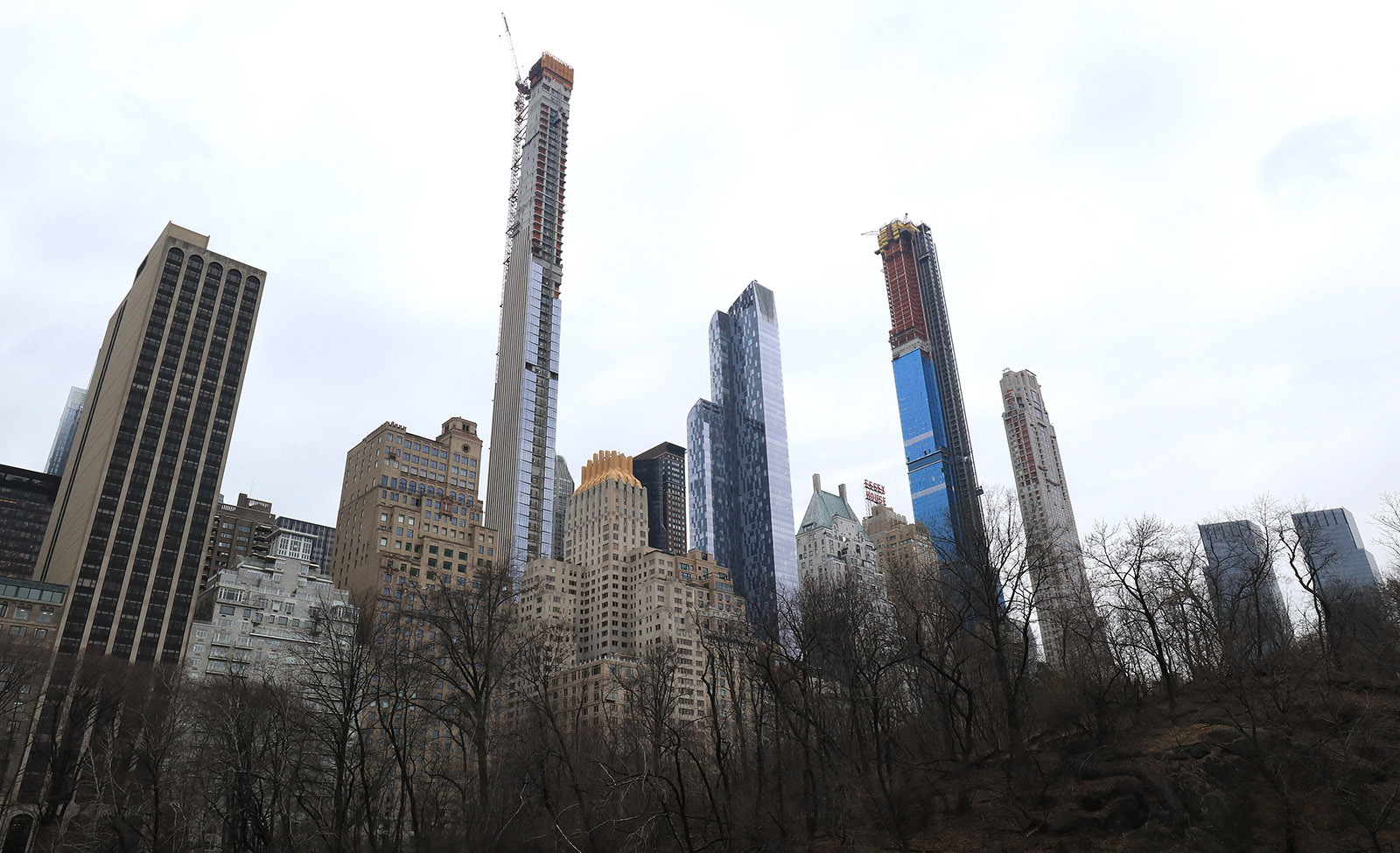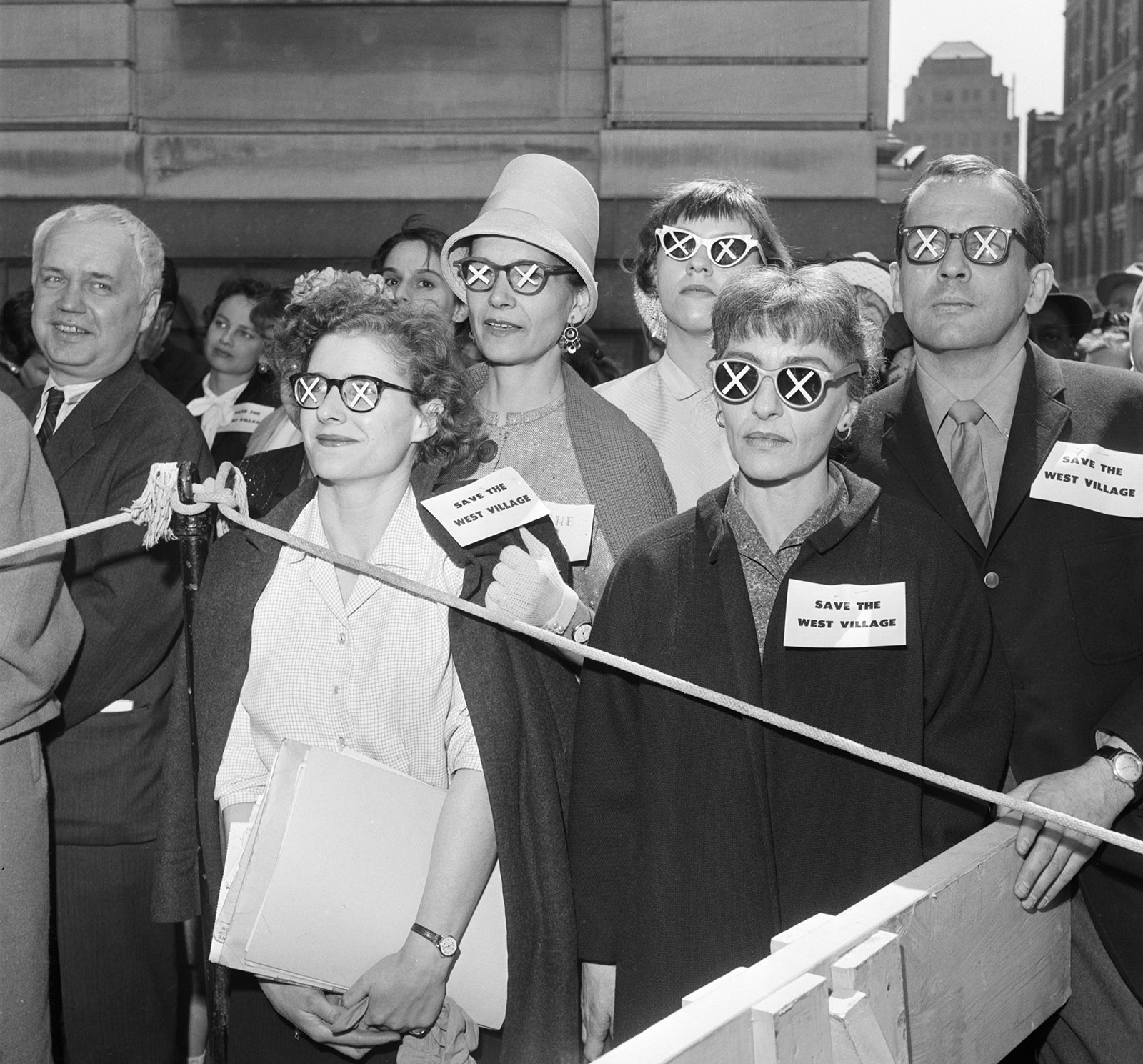In 2018, Chase Bank announced that it would tear down the fifty-two-story, black-and-silver-ribbed, early Modernist tower at 270 Park Avenue in order to build a new tower at least seventy stories high. This will be the tallest-ever demolition of a perfectly viable building in New York City. In 2002, Chase began a total renovation of the building to LEED standard, a green building certification that gave it “platinum” status, a rating that acknowledges the value of preserving the embodied energy of an existing building and avoids energy use for demolition, landfill, and new construction. Landmark skyscrapers across the country—from the Empire State Building, Chicago’s Willis Tower (formerly Sears), and San Francisco’s Transamerica—have taken this environmentally responsible approach and upgraded their buildings to LEED platinum standard. And in doing so, Chase also benefitted from the five years of federal environmental tax credits that go with that designation. Then threw it all away.
To achieve the extra height and bulk of the new 270 Park, Chase is taking advantage of the “upzoning” of nearby mid-Manhattan that was applied in 2017 to a seventy-three-block area around Grand Central between 39th and 57th Streets. Upzoning’s relaxation of city planning regulations expands the development potential of new buildings by allowing increased height and density (the number of units or amount of floor area on a given lot), and simplifying the transfer of “air rights” from landmarked buildings to new sites within the district. (Air rights are the so-called unused development rights that would allow a hypothetical taller building on a particular lot, but they can be transferred by sale from one lot to another, depending on the district’s zoning designation.) A portion of any air rights sale does go into a city fund specifically for area subway and pedestrian improvements—but, in this case, that would be for an area already jammed with pedestrians.
Chase was thus able to buy air rights from the landmarked St. Patrick’s Cathedral, some six blocks away, and construct a taller, bulkier building. Preservationists have identified at least thirty-three buildings worthy of landmark protection from such redevelopment in this Midtown district, but after fierce resistance from real estate interests, only twelve have been so designated. By no logic—design, environmental, planning, zoning, landfill capacity—does demolition of 270 Park make sense, especially when at least some in the architectural community are trying to advance sustainable design. The planned destruction of 270 Park exemplifies how a vital aspect of the urbanism on which this city has evolved and excelled over decades is now being dangerously eroded.
I weep for my city; it is committing urban suicide. I am a daughter of Gotham, born and bred. My lifelong interest in the vitality of the city included a thirty-year friendship with famed urbanist Jane Jacobs, with whom I, and a small group of activists, founded the Center for the Living City to build on her legacy. My knowledge, writing, and activism also put me on the city’s Landmarks Preservation Commission for seven years.
This is a New York story only for now. Upzonings and transfers of newly created air rights are occurring slowly in cities around the country. When it comes to real estate, New York City may lead the way, but others follow in time.
*
Then known as the Union Carbide Building, 270 Park was designed in the late 1950s by the only well-known woman architect of that era, Natalie de Blois, a partner in Skidmore, Owings, and Merrill, whose lead partner, Gordon Bunshaft, got most of the credit for the much-praised plan for the building. De Blois also worked on the famed Lever Brothers and Pepsi-Cola buildings and has been heralded as a female pioneer in a still male-dominated field. 270 Park, completed in 1961, was hailed as a model of the new Modernist style that defined postwar America.
From any standpoint, 270 is worthy of landmark status. But the Landmarks Preservation Commission is now more politically controlled by City Hall and real estate interests than it has ever been in its fifty-four-year history. Mayor Bill de Blasio has made clear that he cares little for historic preservation, good design, responsible planning, and appropriate scale. His former deputy mayor for development, the former Goldman Sachs executive Alicia Glen, hailed the demolition of 270 as a “win, win, win” for the city.
Writing almost sixty years ago, Jacobs drew a distinction that warned of the difference between gradual evolution that does not disrupt a city and “cataclysmic” change that threatens a city’s fabric. The alteration we witness today is cataclysmic. Hudson Yards, the new mega-development on Manhattan’s far West Side, is only the most glaring example, but the supertall towers that are spreading like kudzu elsewhere are an increasingly visible disgrace. It is all a reflection of the stranglehold of big real estate interests, with their power to manipulate the zoning code beyond reason. Hudson Yards represents a kind of privately controlled gated community in the sky—definitely a cardinal sin of urbanism—but even more significant, from my perspective, is 270 Park.
Advertisement
Urbanism is the uneven process that creates cities, over time and organically, through a confluence of democratic, economic, and social forces. This is what Jacobs called an “urban ecology.” This same process can also rebuild and strengthen even troubled cities today, if given a chance, and if big profit-driven real estate interests are not the overriding force in urban development. But authentic urbanism is a process, not a project subject to a design or plan. The result is a balanced mix of buildings and uses resulting in a built environment at human scale. That is precisely what is being lost today in New York City.
The redevelopment of 270 Park Avenue, which has slipped under the radar of public attention, is an alarming precursor of things to come. It is characteristic of the way the city is committing urbanism suicide, a death by a thousand smaller, self-inflicted cuts. And it reflects how real estate owns and controls a city that is supposed to run on democratic principles.
First is an underrecognized perversion of the landmarking process. Originally, landmarked buildings were awarded air rights to compensate for their owners being prevented from tearing them down and rebuilding on the same site. Those air rights, though, could be transferred to a building adjacent or opposite. Air rights from landmarks were never meant to float afar. A major consequence of the upzoning, though, is that air rights have now become transferable to increasingly distant lots. The landmarking process is valued by developers precisely for its capacity to create new air rights.
It was for this reason that the twelve buildings in the Midtown district rezoning gained landmark approval—as much for their air rights as their legitimate preservation value. The 270 Park example is already being replicated and even overshadowed. Take 350 Park Avenue, the classic 1962 “wedding cake” block-long Modernist tower designed by Emery Roth: it is now scheduled to be torn down by Vornado and replaced with a 1,450-foot tower. Who knows how many more such leviathans are in the works?
The expanded air rights of upzoning allow a developer in both commercial and residential areas to build taller and bulkier, thus overwhelming the surroundings, dislocating current uses, dispersing existing tenants, and radically undermining the character of neighborhoods that have evolved over decades. Imagine all the existing, reasonably scaled, unprotected buildings in newly upzoned neighborhoods now in danger of being demolished because increased air rights have inflated their value. More replacements of existing buildings, far beyond the human scale that once prevailed, are sure to proliferate.
This is not to downplay the negative impact specifically of the residential supertalls being built through additional zoning gimmicks. Developers have made a mockery of the city’s regulations to build over-the-top luxury towers catering to the foreign oligarchs or providing pied-à-terres to American one-percenters at the expense of the local populace. Mostly empty most of the time, these new supertalls have replaced Swiss bank accounts as a place to stash sometimes ill-gotten and laundered riches. Absentee apartment owners add nothing to the city: they don’t shop in local stores, add people to the streets, or enhance the city’s culture. They diminish the residential diversity that nourishes the living city. They even deprive local government of revenue, since these apartments are built with tax breaks and any local tax the owners may later pay is effectively cancelled out.
There appear to be no limits to what the development community gets away with. They’ve taken effective control of both the City Planning Commission and the Board of Standards and Appeals (BSA). They have also succeeded in intimidating and taming the Landmarks Preservation Commission, restraining its original mission and turning its system of historic tax credits attached to landmark buildings to new commercial advantage. They are so in control, their machinations are not even hidden. At least three supertalls (of 1,008, 798, and 728 feet respectively), for example, were approved last year by the Planning Commission as “minor modifications” of the large-scale residential development zoning for the low-scaled Two Bridges area of the Lower East Side. This is a neighborhood near the Manhattan and Brooklyn Bridges where twenty-story buildings were considered high, and stable public housing and low-rise buildings predominated. The project attempted to skirt the Uniform Land Use Review Procedure review, thereby denying meaningful land-use review by the community, borough president, or city council—until a state Supreme Court judge intervened in August to order such a review.
Advertisement
For 50 West 66th Street, the Planning Commission and the Board of Standards and Appeals approved a 775-foot tower containing 198 feet of “mechanical void” space, when, legitimately, fewer than 20 feet would suffice for mechanical needs. This sleight of hand allows the developer, Extell, to build apartments above the entire neighborhood with sky-high views. The City Club, Landmark West, and neighboring block associations all sued after the BSA first approved. The BSA then agreed to reconsider its decision and will deliver the final word.
And then there’s 200 Amsterdam, a 668-foot residential tower visible for miles. It was built on a many-sided illegal zoning lot that was stitched together with bits and pieces of assorted lots that enabled the project to circumvent Planning Commission approval entirely. After the Department of Buildings and BSA signed off on it, the Committee for Environmentally Sound Development (CFESD) and the Municipal Art Society of New York (MAS) jointly sued. The court annulled the BSA decision and sent the matter back to the BSA for adjudication, and the body again gave its approval. CFESD and MAS have sued once more. BSA will decide again. In the meantime, the building is almost completely built. Without a zoning change request, this building was not considered unusual enough to require a full land-use review.
In the over-development story of New York City, the extraordinary has become ordinary.
*
The gradual erosion of New York’s fine-grained urbanism started under Mayor Rudolph Giuliani in the 1990s. Then, under Mayor Michael Bloomberg, upzoning received a huge boost: by the end of his three terms, more than 40 percent of the city—over 140 districts, many of them mixed-use, mixed-income, and ethnically diverse—had been rezoned. The inequity between low- and upper-income neighborhoods was reinforced in even starker ways under Bloomberg: several predominantly white, small-homeowner, low-density neighborhoods were downzoned for their protection; as a result, the kind of overwhelming new development now occurs disproportionately in lower-income communities, from East New York to Inwood.
The expansion of liberalized regulation for development has proceeded apace under De Blasio—ironically, exacerbating the “Tale of Two Cities” inequality that he lamented during his first mayoral campaign. Because his so-called affordable housing program has been so tied to upzoning, developers have been incentivized to build bigger buildings by reserving a modest percentage of the apartments as affordable units. All over the city, new buildings are granted tax abatements under this 421a tax exemption program, which, though it dates from the 1970s, De Blasio has made his principal policy tool. Several studies show, however, that these units are not affordable for families earning less than $41,000, one measure of affordability. And a study of some sixty Brooklyn buildings that received 421a subsidies found that only 6 percent of their total 4,395 apartments were rented below market.
As the housing market has been inflated by upzoning, property owners have been handed new incentives to harass tenants, tear down populated buildings, and advance conversions that disrupt the lives of countless New Yorkers. Existing units being demolished to build new buildings or upgraded to achieve higher rent are mostly rent-stabilized, fulfilling a longstanding push by the Real Estate Board of New York to eliminate all regulated apartments. This is the most dramatic and overlooked impact of upzoning: the elimination of protections for existing affordable units and their tenants. The city doesn’t keep count of the losses of rent-stabilized units, but a recent report from the City Comptroller’s office, “The Gap Is Still Growing,” reported that between 2005 and 2017 some 425,000 affordable apartments (renting at $900 or less per month) disappeared from New York’s housing inventory. No true statistics exist, but advocates and many analysts believe that the city is still losing more genuinely affordable units than it is creating.
De Blasio has increased the funding for lawyers to defend tenants evicted or cheated by landlords, but that does not address the root of the problems. Under his mayoralty, the city has experienced an escalating homelessness crisis, thanks in part to tenant evictions and the loss of existing affordable housing units. City officials now claim that eviction rates are falling, but this does nothing to erase the decades of damage already done to New York’s affordable housing stock. Recent laws passed in Albany aimed at counteracting some of these trends have caused certain property owners in the city to keep empty apartments off the market in an effort to pressure the state legislature into reversing some of these reforms. A new property owner alliance has formed in Albany to expedite a rollback. Most incredibly, the supertall One 57th Street got 421a exemption, along with four other luxury towers, through state legislation and saved $35 million in taxes while contributing a tenth of that sum, $3.5 million, to affordable housing in the South Bronx.
*
Advocates of upzoning argue that it is needed to allow construction of taller buildings to create new affordable housing units. Real estate interests’ upzoning mantra perpetuates a confusion that height creates density. This is a dangerous myth. Along with many American cities after World War II, New York experienced years of demolition and de-densification in the name of “urban renewal.” This misguided movement, often acting in the name of “slum clearance,” used the concept of “towers in the park” to replace old neighborhoods that had grown up organically around a density of mixed uses—residential, businesses, factories, markets. “Urban renewal” demolished existing communities, never replacing as many housing units as had previously existed. Even a development like New York’s now much-loved twelve-story, red-brick Stuyvesant Town, for example, has much lower density than the many blocks of predominantly low-rise, mixed-use buildings that formerly stood there. (Stuyvesant Town’s density of only 125 dwellings per acre is lower even than today’s rampantly gentrified Greenwich Village.)
After enduring years of such blight, New York City experienced two stages of transformative change: first, in the 1970s and 1980s, when the depressed real estate market enabled the organic rebirth of many neighborhoods through small, local initiatives—often emerging out of activists’ battles against the bulldozers of “urban renewal” planners; and second, when their success gradually became apparent from Brooklyn’s brownstone neighborhoods to the rubble of Charlotte Street in the South Bronx, developers began to reinvest in such neighborhoods with human-scale projects. This pattern repeated itself in many American cities.
The decline of urbanism under Giuliani, Bloomberg, and DeBlasio has been gradual. Because New Yorkers were no longer facing the huge erasure of city neighborhoods that Robert Moses drove through during an earlier period, the process has been harder to resist. One example of this death of the public realm is the rise of uber-rich enclaves in the name of public-private partnerships. The “public-private partnership” is a cute, feel-good name, but a very deceptive one: it means private development—privately controlled, privately administered, privately owned—with public funding in the form of tax credits, subsidies, zoning gimmicks, or other public give-away devices, visible from Atlantic Yards to Hudson Yards. No new public amenity, such as a park or plaza, gets built without private developers gaining a financial benefit.
Today’s developments contain a variation of the obligatory checklist of urban amenities: a green space, streets that may only be internal and not connected to the city’s grid, ground-floor retail spaces (usually filled only by national chains), perhaps a few floors of office space, and a varying number of residential floors reaching greater and greater heights. But these amenities, once part of the larger, shared urban fabric, are offered only inside. They are components of a development created and controlled by a single private entity, not by an organic process that adds to and enhances an existing urban context and doesn’t overwhelm, undermine, or replace it. Today, these developments are always achieved with vast public financial subsidy of one form or another. Witness the roughly $4 billion in public funds spent on the Oculus, the three-story private mall parading as a transit center near the World Trade Center. Such developments are a scourge on the city’s already overmalled retail landscape.
Atlantic Yards with its Barclay Center, Columbia University’s Harlem campus, Battery Park City, Hudson Yards with The Shed—these, too, are all enclaves in a pseudo-urban form separated from the real city. These “appendage enclaves,” as I call them, in contrast to organically evolved neighborhoods, contain a single socioeconomic group, for the most part, with perhaps a token few affordable units thrown in. Such communities have no complex economic activity or real social life. Some enclaves function simply as high-rise suburbs or gated communities, sometimes with limited but important accessible transit. They can be architecturally interesting, contain all the desired amenities and pay lip service to sociability, but residents have no power as they do in a real city: “A voice, not a vote,” as it was described at Celebration, the highly designed, highly planned community built by a single developer in Orlando, Florida.
“The cities and the economies we have,” Jacobs observed, “have been created by ordinary people who didn’t have to have a big plan. It is good to remember in the culture that ordinary people can do these things and still do them.” Appendage enclaves and supertall towers are antithetical to that vision. The more a city gives over its organically evolved urban fabric to this kind of development, the more it diminishes the human-scale, bricks-and-mortar substance of the real city.
270 Park exemplifies how the real estate interests hold the city captive and foist on us Singapore-style, glass-and-steel mega-buildings. Real estate defenders claim all this development is good for the city’s tax base, but that tax base keeps being given away to them in various forms to encourage their developments. It is a circular trap. Are more viable buildings like 270 Park now destined for New York’s already overloaded landfills?
If we continue to allow the erosion of the human-scale city and long-evolved urbanism on which it depends, then I fear for the future. The first thing needed is a public exhibit of the many empty sites across the boroughs of New York, and a representation of what further, unchecked upzoning will it make possible to build in the future. But without a well-organized, well-financed campaign like the effort to save Grand Central, or a singular leader like Jane Jacobs able to take on the powers that be and a press willing to give these battles full coverage, the perilous undermining of authentic urbanism will continue.







